The iPhone Fold may get the most attention as an upcoming foldable smartphone, but Apple is said to be working on a second option. This is what could be in store for the iPhone Flip.
The smartphone market has a number of folding devices on sale, including Samsung's Galaxy Fold and Galaxy Z Flip smartphones. While other major rivals in the market have shipped some form of folding smartphone, Apple has yet to actually do so.
There are quite a few rumors about the iPhone Fold, with rumors of it being a large-screen iPhone that can open up like a book to reveal a large display. But there's also another option.
Rather than the book-style iPhone Fold, there has been some talk about an even smaller model, referred to as the iPhone Flip. This time, it would resemble a fairly standard iPhone when open, but it can fold in half so it takes even less space when closed.
This is what has surfaced in rumors about the fabled flipping phone.
iPhone Flip prototyping
While rumors about the iPhone Fold are plentiful, it's not likely that it will be the only smartphone with hinged capabilities in development. Indeed, the rumor mill thinks there are more in the works.
In February, a report claimed that Apple had contacted at least one manufacturer about components for two foldable iPhones of different sizes. Since the larger-screened iPhone Fold would count as one, it's logical to assume that the second would be a smaller model.
This smaller variant would therefore logically be the iPhone Flip.
It is almost certain that Apple has done some prototyping on foldable devices for quite some time. The numerous patents on the topic are an indication it has seriously considered the concept.
iPhone Flip gets a codename and a vertical fold
A July report insisted that Apple was working on another folding iPhone that isn't the iPhone Fold. Codenamed "v68," the model was said to share the iPhone's basic design of a long and narrow screen.
The Flip is described to be a top-down fold, which would be similar in function to the Samsung Galaxy Flip. Namely that the top half will fold down over the bottom half.
This could give the iPhone Flip similar capabilities to the Galaxy Flip, such as being able to be partially opened in an L shape so half of the display could be upright and not require a kickstand to be visible.
The report added that, since it was effectively an iPhone that folds in half, it would have approximately identical specifications to current-gen models.
It is unclear if there will be an external display, as with the Fold, but it may end up being a thinner device. Since folding it in half could double the thickness when closed, Apple may try to thin the chassis to counter that prospect.
The slim thickness is entirely possible for Apple to pull off. The iPhone Slim is expected to offer an iPhone in a much thinner body, potentially as thin as the 0.20-inch-thick iPad Pro, given Apple's aim to offer the thinnest devices on the market.
iPhone Flip could arrive in 2026 or 2027
As for when you can expect the iPhone Flip to actually surface, you can be sure that it will take a while to actually be introduced by Apple.
In June, a report insisted that Apple would bring out folding devices from 2027 at the earliest. The report followed an earlier March rumor that said a potential release in the fourth quarter of 2026 was pushed back into early 2027.
By July, reports promoted the idea of a 2026 launch for a foldable iPhone.
It's entirely possible for a company with the resources of Apple to come up with a folding smartphone by 2026. Two years is a comfortable timeframe for Apple to develop and produce a new standard iPhone.
While there are design considerations that will make the job harder, it's still a plausible timeframe for bringing out a new format of the device.
iPhone Flip display tech
To make the screen foldable, Apple has to come up with a display that can deal with the stress of repetitive folding on the same part of the device over and over again.
It's been working with supply chain partners since April 2022 to create flexible displays for an iPad or MacBook. By May, this had incorporated iPhone displays too.
By the September of that year, it was reported Apple had worked with LG Display and Samsung Display on creating screens that wouldn't crumple. This involved developing hybrid OLED panels combining inflexible glass with flexible plastic substrate panels.
The idea that Apple would work with its display partners on the project makes sense, considering Apple's close connections to its supply chain partners. The idea is also logical, since plastic can be made to flex whereas glass cannot.
Apple has also considered many different ways to bend the display without creases in patents. Complicated hinge mechanisms to support the screen at its most vulnerable point have been proposed, along with stretchable screens and other ideas.
Whatever Apple comes up with for the display's folding element, it's certainly considered many different issues and possible solutions.
iPhone Flip's familiar specifications
One area that hasn't really been touched by rumors is the potential specifications of the smartphone. There's an easy explanation for that: It's too early, and the display is the only real focus area for the device.
Occam's Razor points to Apple using the same specifications as whatever the Pro models of iPhone have at the time of its release. As a new flagship-level device, you would expect the best specifications to be in what could be a very expensive piece of kit.
What those specifications will be will depend entirely on what Apple intends from its main iPhone lineup for 2026 or 2027. Two years is a long time in the world of tech, so you can expect there to be a lot of change.
The big question mark lies with the rear cameras, as they are components that need a lot of depth. There has been proposals that the iPhone Slim could have just one rear camera due to its thickness, and it's entirely possible Apple could do the same with the iPhone Flip.
That said, there's nothing stopping Apple from upping the thickness a little bit and retaining a triple rear camera setup like the Pro models. A folded iPhone is already going to be thicker than a standard body, so adding a few millimeters probably won't be too problematic for such a groundbreaking device.
 Malcolm Owen
Malcolm Owen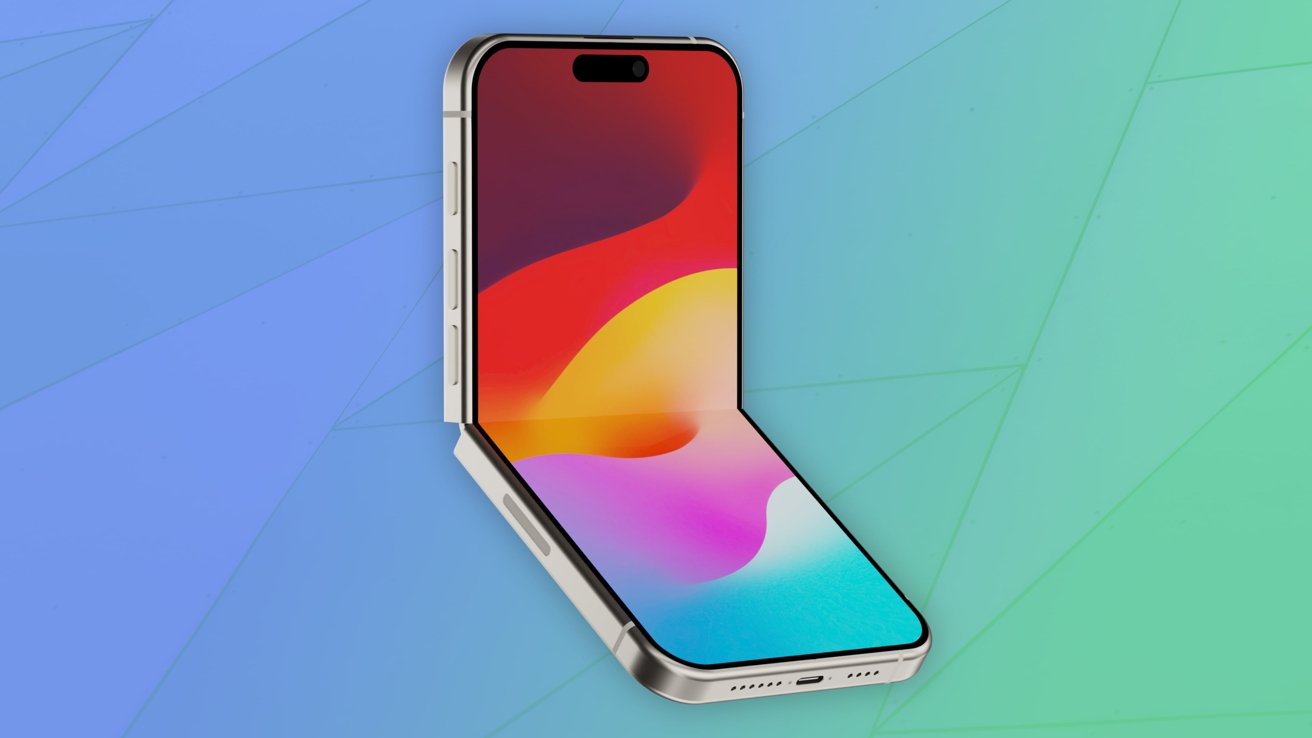
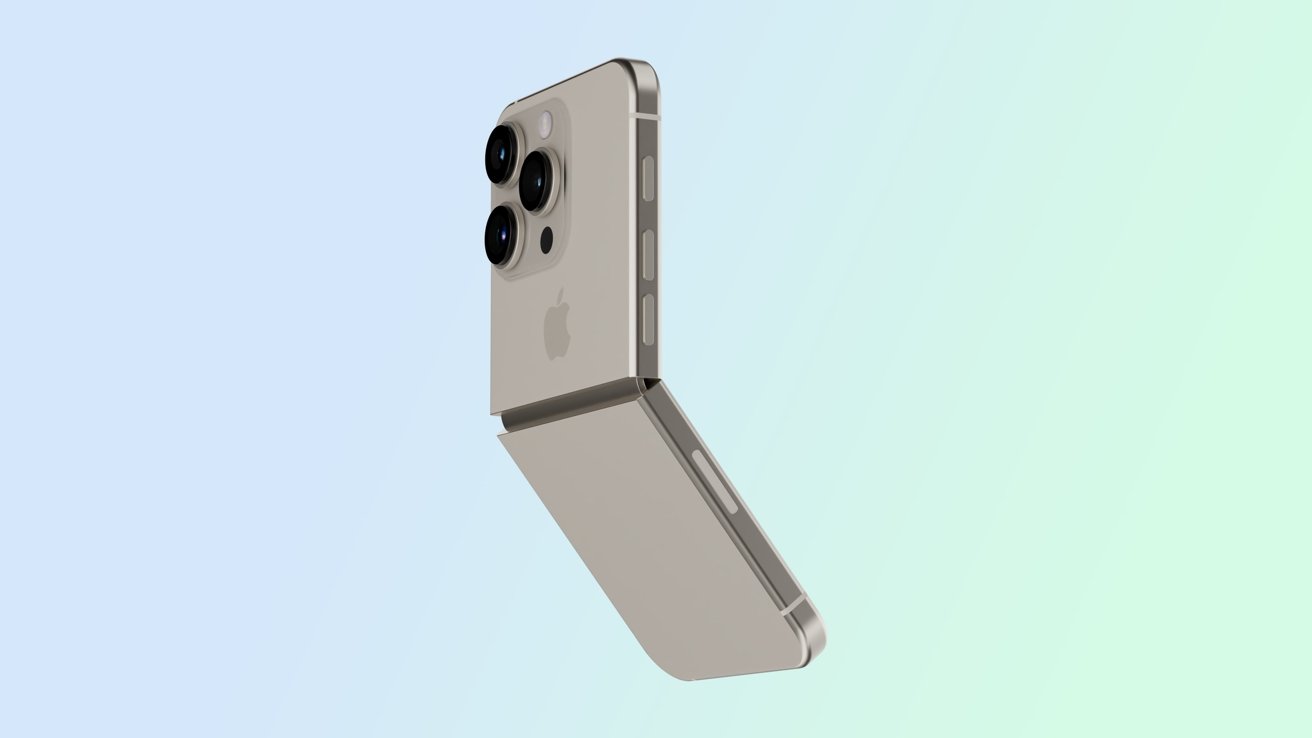

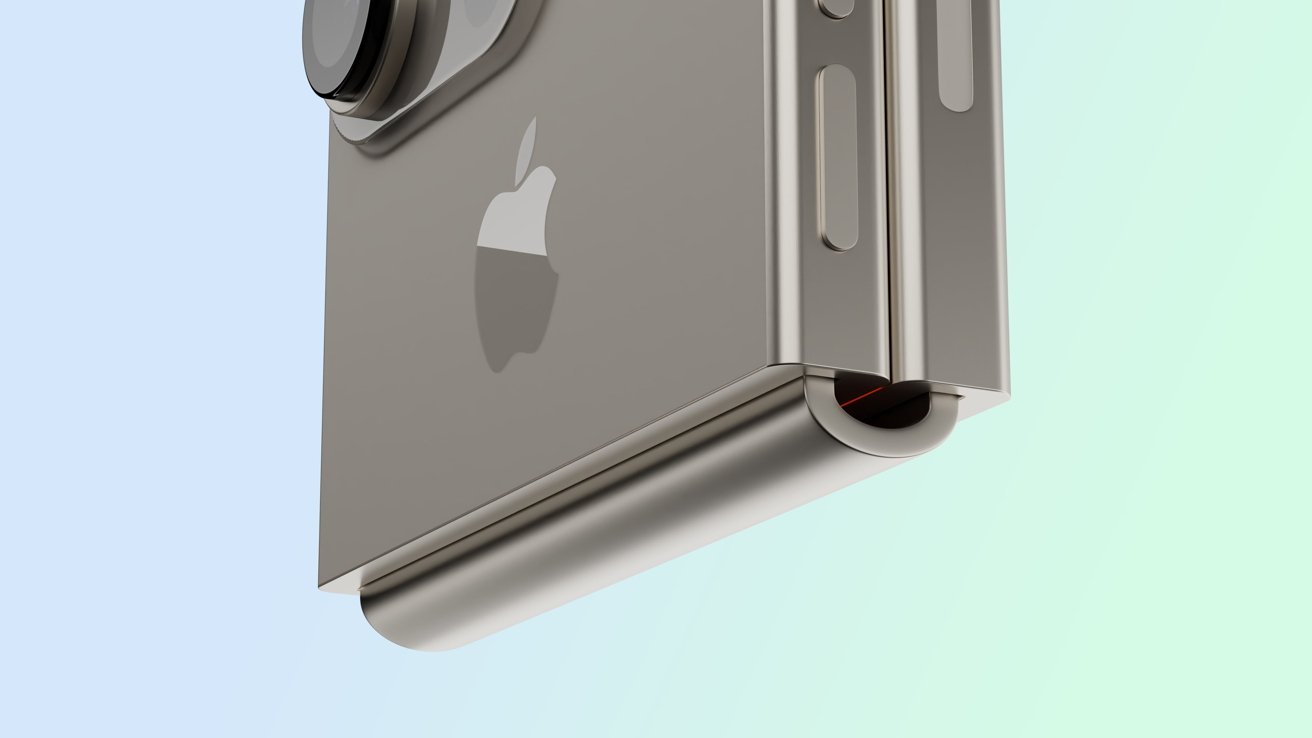
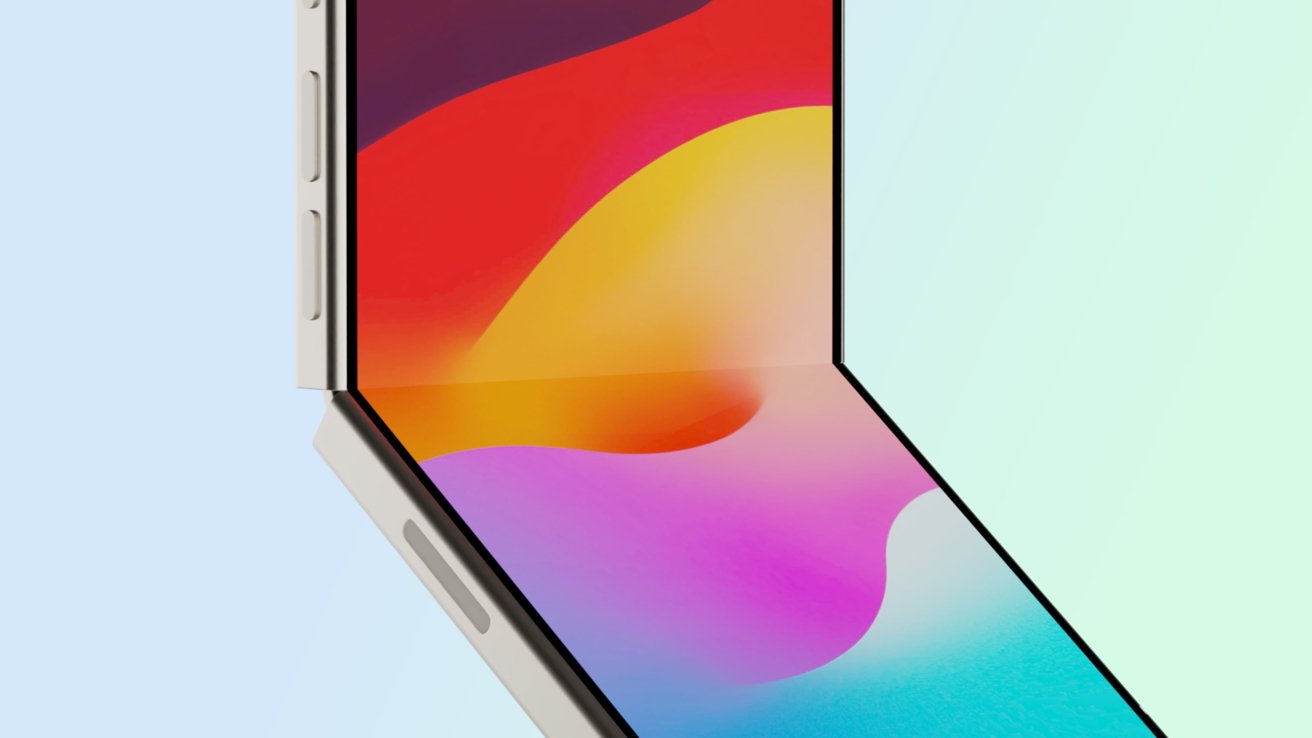
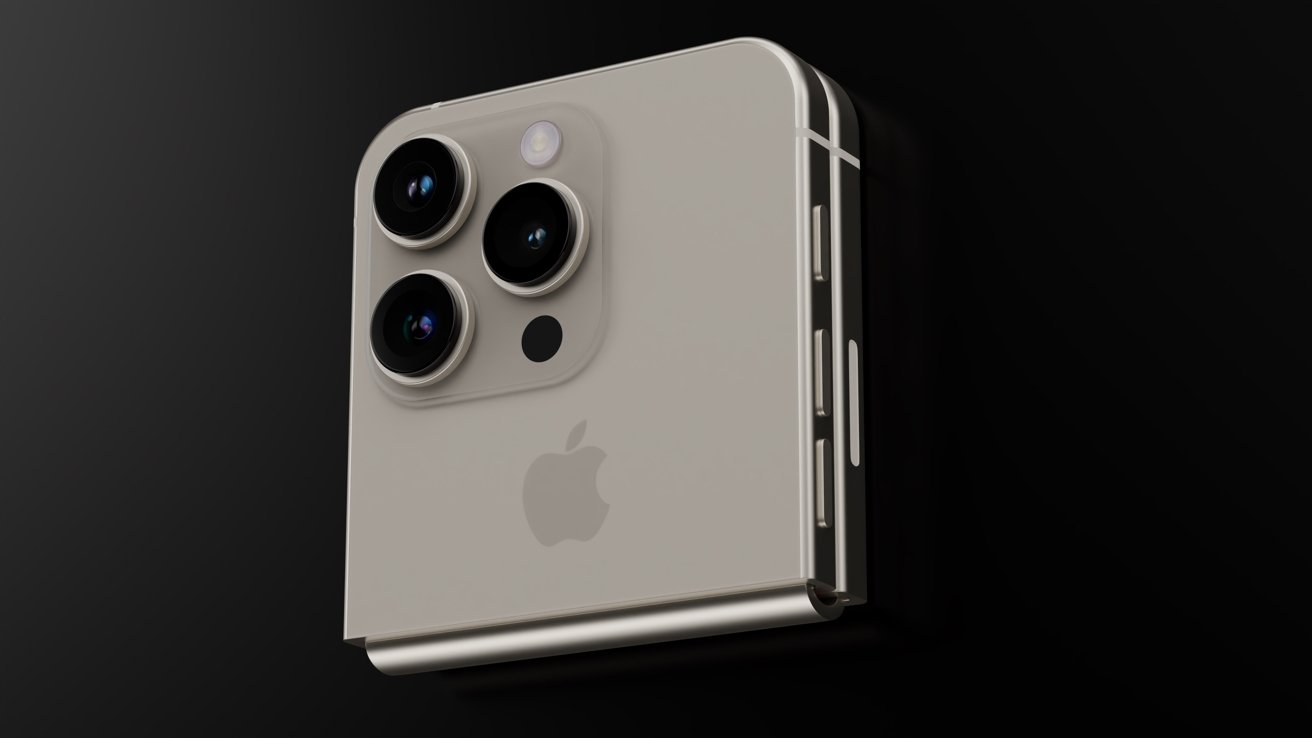
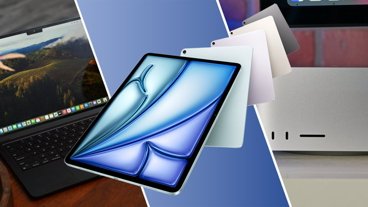


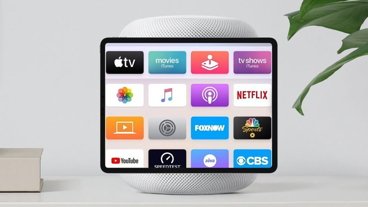
-m.jpg)


-m.jpg)





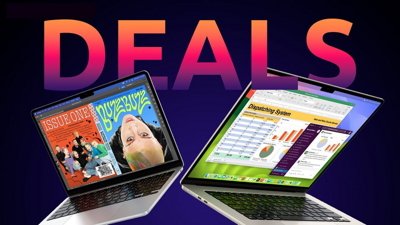
 Christine McKee
Christine McKee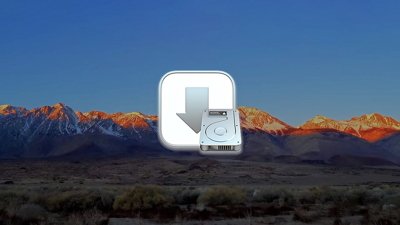
 Chip Loder
Chip Loder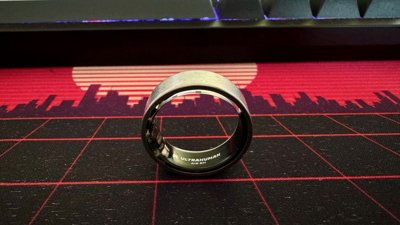
 Oliver Haslam
Oliver Haslam
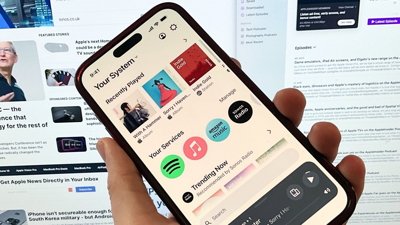
 William Gallagher
William Gallagher
 Amber Neely
Amber Neely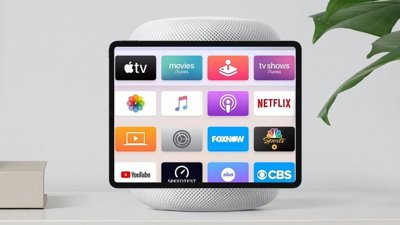
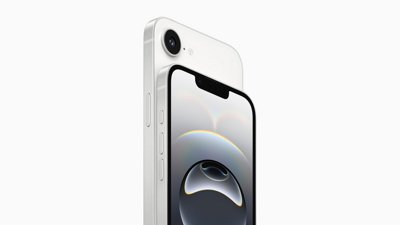
 Andrew Orr
Andrew Orr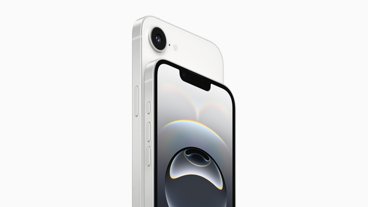



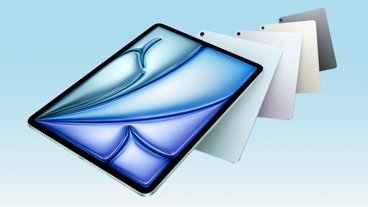



30 Comments
I’d be much more interested in a new phone with a less fragile screen than a more fragile screen.
A foldable screen that is more fragile than my current screen and exists only to justify Samsung’s investment in the technology does not interest me.
I’ve seen the super expensive flip phones some people buy and I’m puzzled. Who would spend over a grand on a thick phone with a hideous, very visible and distracting crease going through the center of the screen? Not to mention the extreme fragility and short life. I can’t imagine Apple shipping a foldable product until these issues are resolved. Unlike Samsung, they don’t ship garbage.
People have questioned the need for a folding phone, myself included. I saw a TV ad recently about Samsung phone that did have a really interesting use. Two people were using it for realtime language translation. One side of the screen in one language and the other side in the other language. That is pretty cool.
Looks like sharp edges on the hinge’s back edges to potentially snip the skin on people’s hands as it opens.